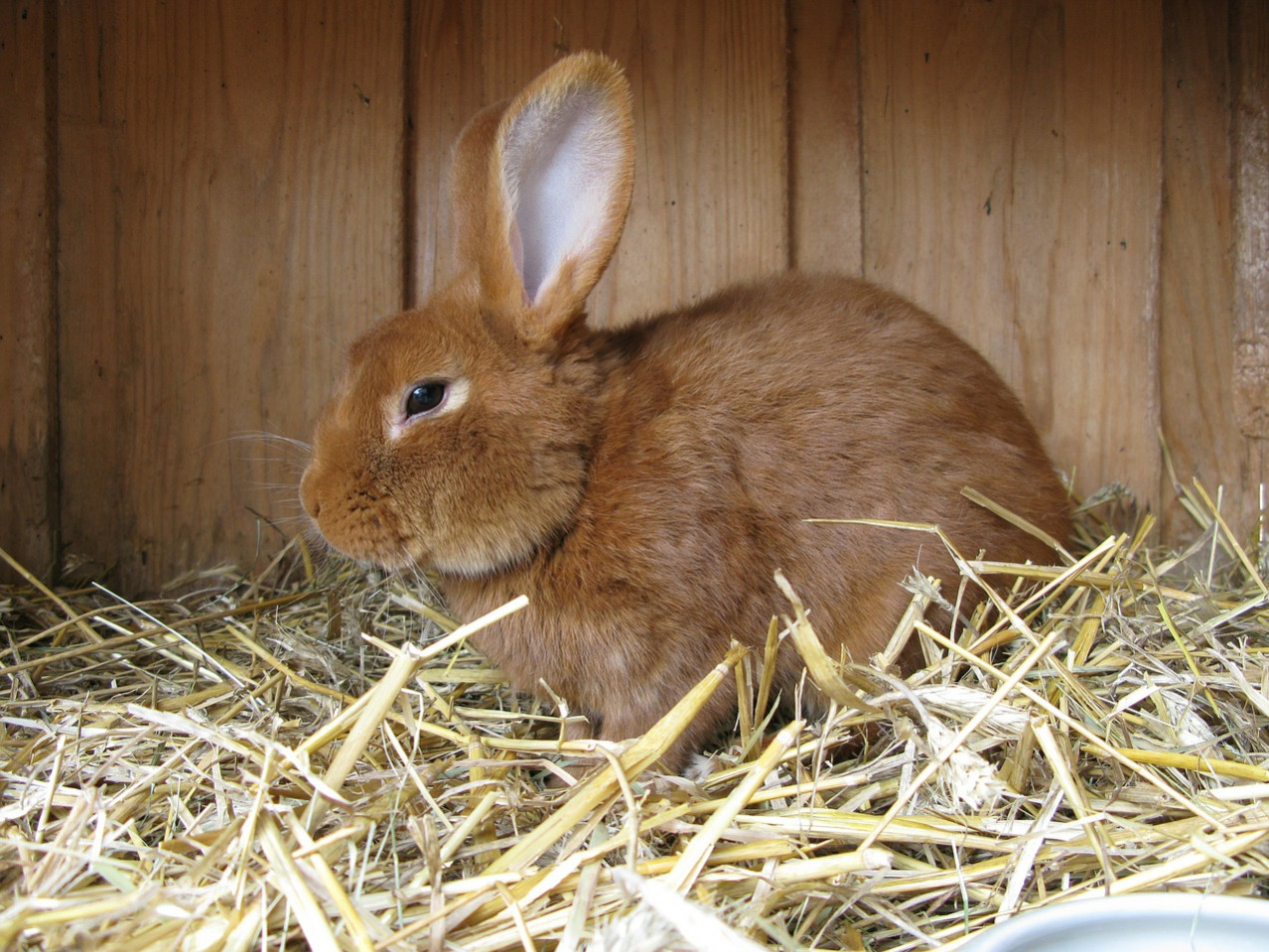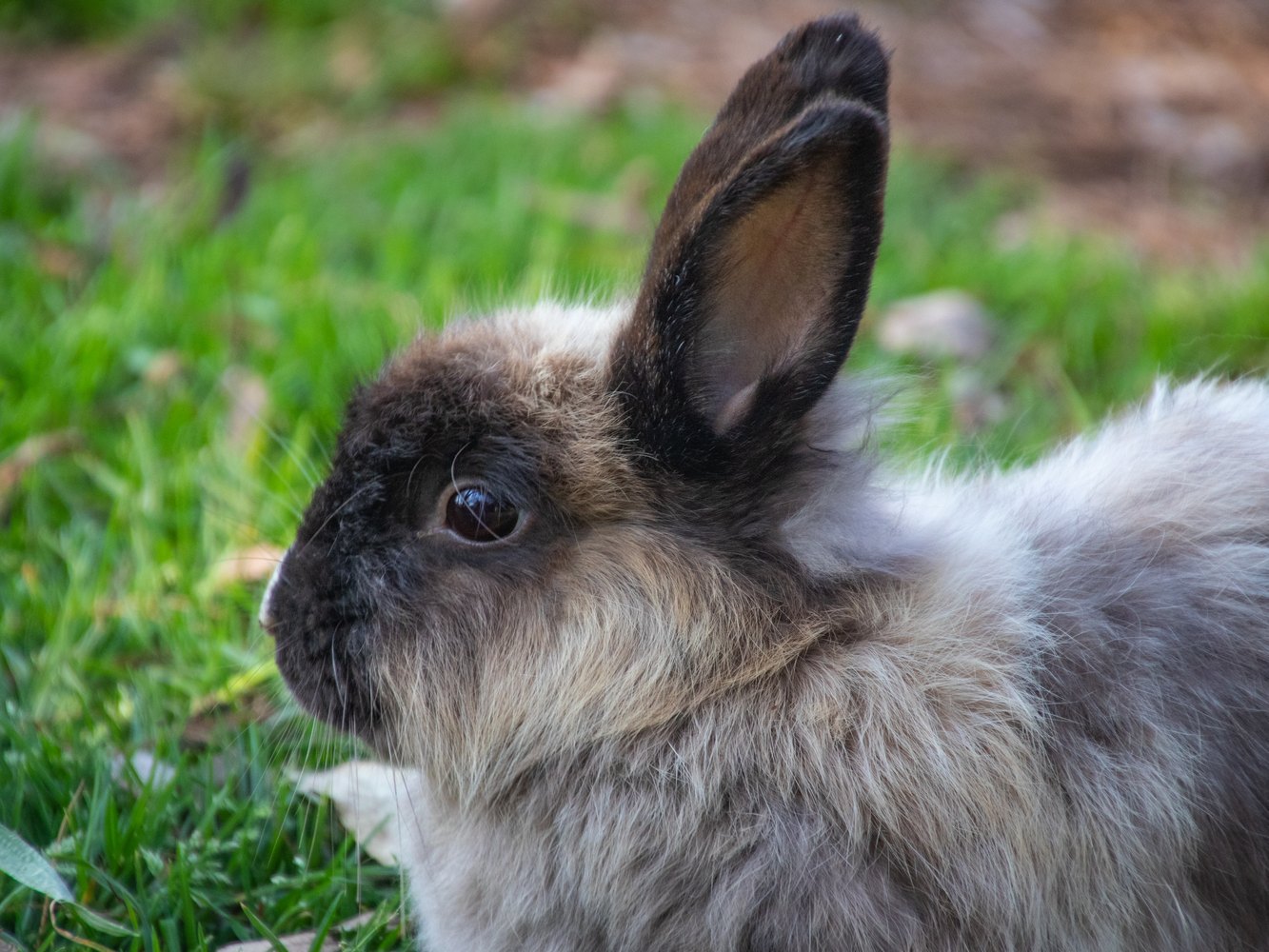
What is e cuniculi in rabbits?
E.cuniculi, or encephalitozoon cuniculi, is a tiny parasite, which lives inside a rabbit’s body and is a significant cause of disease. All rabbit owners should be aware of it as it can, occasionally, infect humans, especially if they are already susceptible to illness.
E.cuniculi infection has been diagnosed in rabbits in Europe, Africa, America and Australia. In the UK the parasite is common in laboratory and pet rabbits, but rare in the wild. One study found that 52% of healthy pet rabbits from across the UK had been exposed to the parasite.

How is e cuniculi in rabbits transmitted?
Once a rabbit has e cuniculi it passes on the infection through spores in its urine. Other rabbits pick up the disease by eating these spores in urine-contaminated food and water. Unborn kits – baby rabbits – may also be infected during pregnancy.
Once the parasite has entered a rabbit’s body it is carried in the blood to organs such as the liver, kidney and central nervous system (brain and spinal cord). This results in rupture of these cells, inflammation and clinical signs, primarily in the liver, kidney, brain and spinal cord. Only a small percentage – around 6% – of pet rabbits ever show signs of the disease. Some of these rabbits do not survive.
How can I tell if my rabbit has e cuniculi?
If kits are infected during pregnancy, affected spores are able to cross into the eye. Later on in the rabbit’s life these spores multiply and erupt causing cataracts and lens rupture. This results in inflammation within the eye, called uveitis, which is a serious and painful condition. Clinical signs in adult rabbits can include:
- neurological disease – head tilt, unsteadiness, weakness of the hind legs, neck spasm and urinary incontinence
- kidney disease
- eye disease
Other causes of head tilt and neurological disease in rabbits should be ruled out, such as spinal trauma, inherited congenital abnormalities (splay leg), abscesses, middle ear infections, listeria infection, toxoplasma infection and lead toxicity.
Diagnosis of e cuniculi in rabbits
In time a ‘fingerprint’ test for detecting e.cuniculi in the urine of rabbits should be available. For the moment, however, diagnosis is limited to a blood test, which just confirms exposure rather than proves infection.
In affected rabbits, the inflammation and release of spores result in clinical signs, particularly affecting the target organs (brain, spinal cord and kidney).
What is the treatment for e cuniculi in rabbits?
Treatment is aimed at reducing inflammation, using anti-inflammatory drugs such as steroids and killing the parasite. Treatment generally involves anti-inflammatory medication together with an anti-parasiticide (Panacur) which is taken daily for 28 days.
Response to therapy is dependent on the severity of the infection at the time of diagnosis.
The organism can survive in a house or a hutch for one month. However, the parasite is sensitive to routine disinfectants. Although more research is required, our current knowledge is that the parasite is killed off by 28 days of once-daily dosing with Panacur.
E cuniculi in humans
Encephalitozoon cuniculi is known as a ‘mammalian microsporidian obligate intracellular protozoal parasite’. It mainly affects rabbits, although has been found in other mammals, and is zoonotic, which means it can spread from animals to humans. People with very low immune systems are most at risk from e cuniculi. It has also been shown that e cuniculi strains of human origin can infect rabbits.
How to prevent e cuniculi in rabbits
In an ideal world, all rabbits would be blood tested at birth and kept isolated until the test results were known (generally two to three weeks). Only rabbits testing negative for the disease would be kept meaning a disease-free colony could be established. However, it is not an ideal world.
These are some of the scenarios that should be used to control e.cuniculi
- You have a new single rabbit
Blood test it, if negative repeat in one month, if either test positive, treat for 28 days once a day, or treat the new rabbit once daily for 28 days.
- You have one or more rabbits and are concerned they might be infected
Blood test all the rabbits, if negative repeat in one month. If either test is positive, treat all the rabbits once a day for 28 days. If negative do not introduce any more rabbits without testing or treating it, or treat all rabbits in the household once daily for 28 days. Clean and disinfect the environment on a weekly basis during the 28 days.
- You have a group of rabbits and one is found to be infected with e.cuniculi
All rabbits in the group should be treated with Panacur for 28 days. The rabbits’ environment should be cleaned and disinfected each week, until the end of treatment.
- A new rabbit is to be added to a ‘clean’ group of rabbits
Treat the new rabbit for 28 days with Panacur and keep it separate from the others, for at least the first 14 days.
The more rabbits you keep together, the greater the risk of infection. Given this, we recommend that all rabbits coming into a large group , for 28 days with Panacur. Once this treatment is complete, they should be kept in clean accommodation, with other previously treated rabbits.

